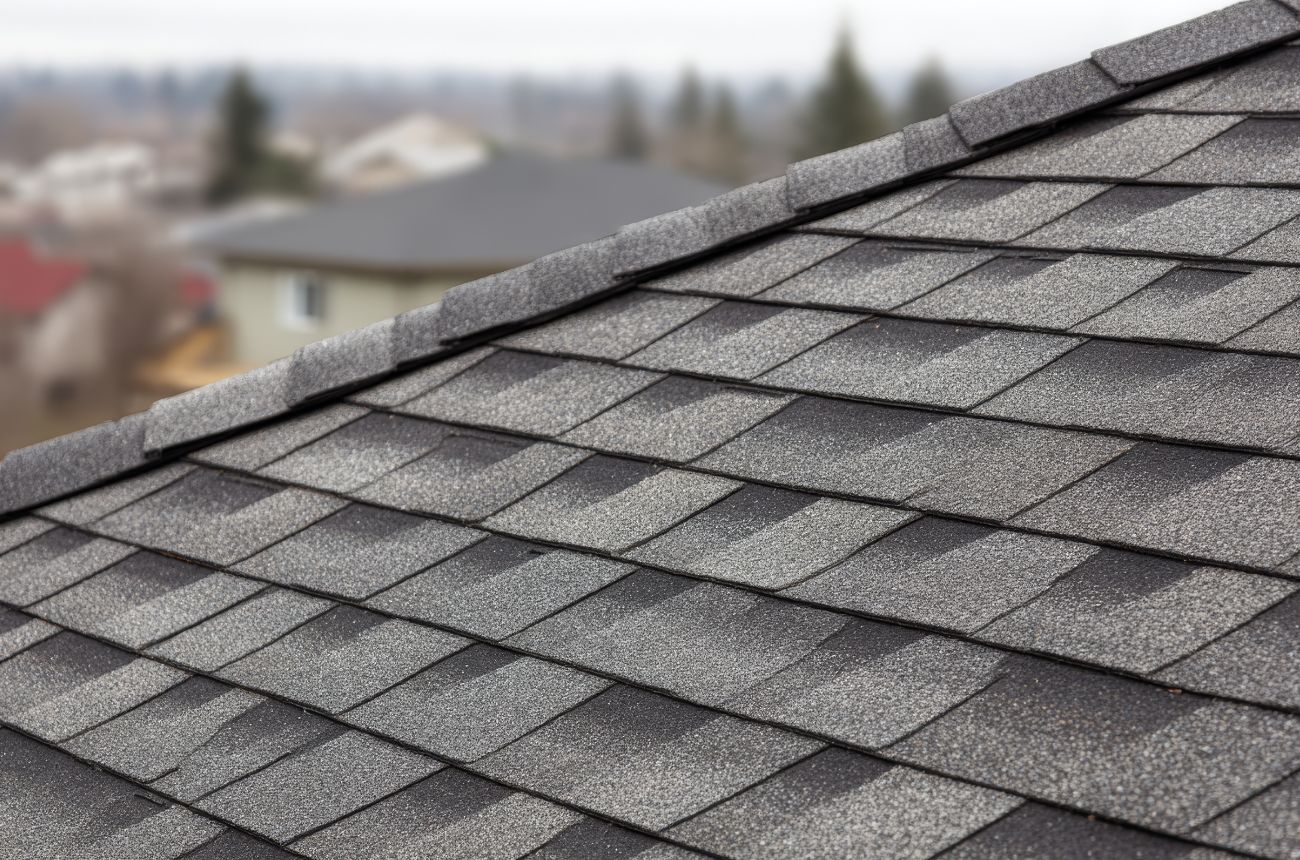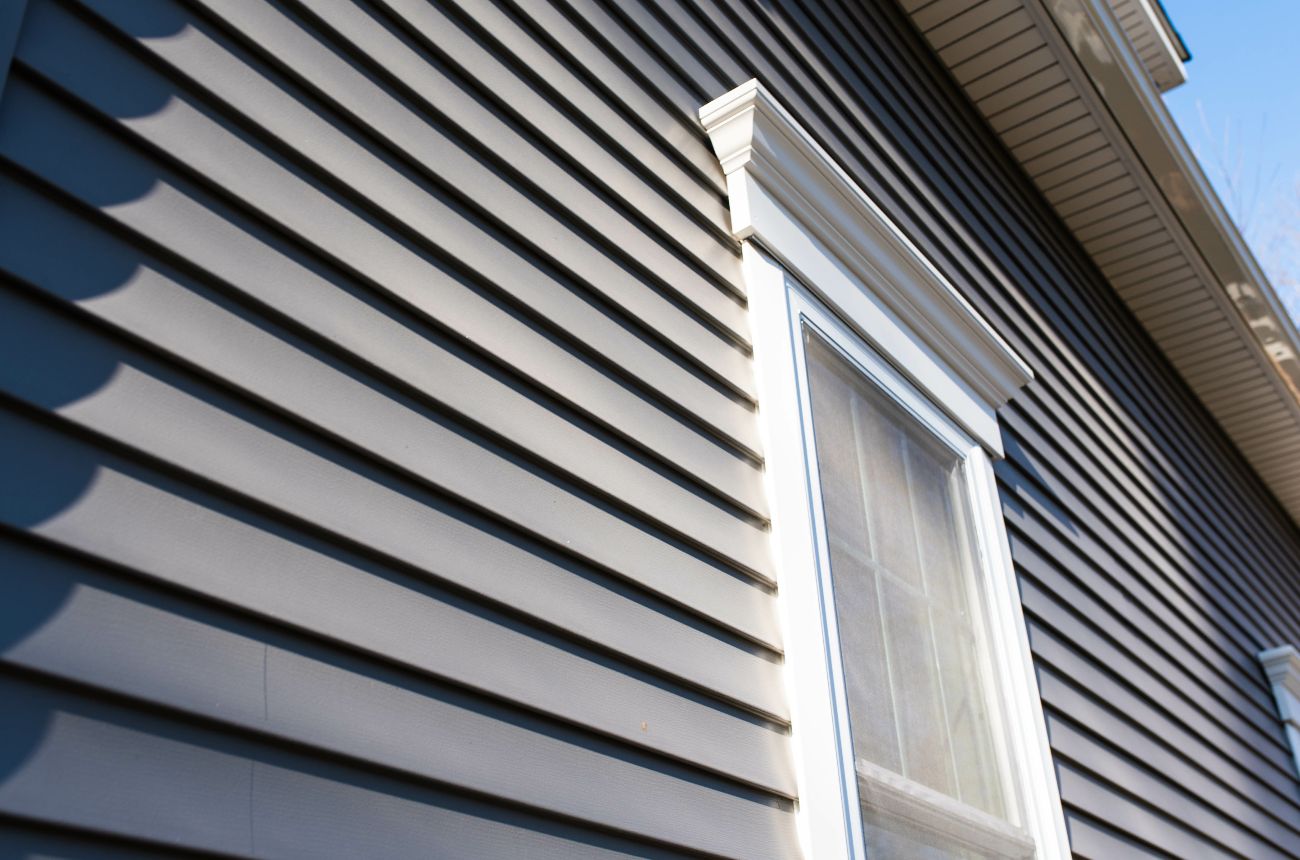.jpg)
Choosing the Right Soffit and Fascia Materials for Your Home: Vinyl, Aluminum, and More
When it comes to protecting your roof and enhancing your home’s curb appeal, soffit and fascia play a crucial role. But with so many materials to choose from, finding the right fit can be overwhelming. At Goldhill, we’re here to simplify the process. Below, we break down the most popular soffit and fascia materials—vinyl, aluminum, wood, fiber cement, and composites—so you can choose with confidence based on your needs, budget, and home style.
.jpg)
What Are Soffit and Fascia?
Before we dive into materials, let’s clarify their purpose:
- Soffit is the underside of your roof’s overhang. It helps ventilate your attic and protects rafters from moisture and pests.
- Fascia is the vertical board that runs along the roof edge, where your gutters are typically mounted. It supports the gutter system and protects the edge of the roof.
Together, these components protect your home from the elements and give your roofline a clean, finished appearance.
Vinyl Soffit and Fascia
Pros:
- Low Maintenance: No painting required; resists rot, rust, and insect damage.
- Cost-Effective: One of the most budget-friendly materials available.
- Wide Variety: Comes in multiple colors, finishes, and styles.
- Durable in Moderate Climates: Holds up well under normal conditions without fading or cracking.
Cons:
- Less Impact-Resistant: Can crack or warp under extreme temperature changes or force.
- Expansion/Contraction: May shift slightly in extreme weather, leading to potential gaps.
Aluminum Soffit and Fascia
Pros:
- Strong and Durable: Resists corrosion, cracking, and warping.
- Fire Resistant: A good choice in areas prone to wildfire risks.
- Low Maintenance: Easy to clean and repaint if necessary.
- Built-In Ventilation: Available with perforated panels for attic airflow.
Cons:
- Higher Cost: Typically more expensive than vinyl.
- Dents with Impact: While strong, aluminum can dent when struck.
- Paint Maintenance: May require occasional repainting to prevent fading or peeling.
Other Material Options
Wood:
- Pros: Timeless and elegant look.
- Cons: Requires regular painting/sealing; prone to rot and insect damage if not maintained.
Fiber Cement:
- Pros: Extremely durable, fire-resistant, and moisture-resistant.
- Cons: Heavier and more expensive; professional installation recommended.
Composite Materials:
- Pros: Offers the natural look of wood with less maintenance.
- Cons: Higher price point than vinyl and aluminum.
How to Choose the Right Material
Consider the following factors:
- Budget:
- Vinyl is the most affordable.
- Aluminum and composite materials offer higher-end durability and appearance.
- Climate:
- Aluminum and fiber cement are ideal for harsh weather.
- Vinyl performs best in moderate climates.
- Maintenance Preferences:
- Choose vinyl or aluminum for low-maintenance solutions.
- Wood requires consistent upkeep.
- Aesthetic:
- Wood and composites offer traditional charm.
- Vinyl and aluminum provide a clean, modern finish.
- Ventilation Needs:
- Be sure your soffit selection supports airflow to avoid attic moisture buildup.
Why Choose Goldhill for Your Soffit and Fascia?
At Goldhill, we offer:
- Expert advice tailored to your home’s style, budget, and climate.
- Top-quality materials in a range of finishes and colors.
- Professional installation to ensure long-lasting performance and curb appeal.
Choosing the right soffit and fascia materials is about more than looks—it impacts your home’s ventilation, energy efficiency, and protection from weather and pests. Whether you’re looking for the affordability of vinyl, the durability of aluminum, or the warmth of wood, Goldhill is here to guide you every step of the way.
Ready to upgrade your roofline?
Contact Goldhill today to schedule your consultation and explore the best soffit and fascia solutions for your home.
Lorem ipsum dolor sit amet, consectetur adipiscing elit. Fusce quis bibendum ipsum.








